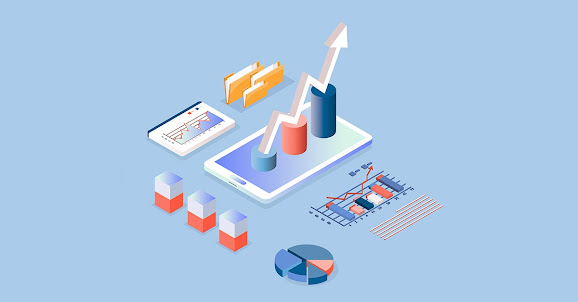Popular Data Sources in Power BI
1. Local Sources:
Excel: Power BI’s integration with Excel is seamless. With a few clicks, you can import worksheets and named ranges into Power BI.
CSV/Text files: Easily consumed by Power BI, these are often the starting points for many data analytics projects.
XML and JSON files: For more complex data structures, Power BI offers connectors for XML and JSON.
2. Databases:
SQL Server: Power BI can directly connect to SQL Server databases, both on-premises and on Azure.
Other Relational Databases: This includes popular systems like Oracle, MySQL, and PostgreSQL.
NoSQL databases: MongoDB, Azure Cosmos DB, and other NoSQL databases can also be integrated.
3. Cloud Sources:
Azure: Power BI has a deep integration with Azure services like Azure SQL Data Warehouse, Azure Blob Storage, and more.
Other Cloud Platforms: There are connectors available for platforms like AWS, Google Cloud, and more.
You might to read:- Connecting Power BI With Diverse Data Sources
4. Online Services:
SharePoint Online: Power BI easily connects to SharePoint lists or document libraries.
Dynamics 365: Fetch data from your CRM or ERP systems within Dynamics 365.
Third-party Services: Power BI’s extensive catalog includes connectors for services like Google Analytics, Salesforce, and many more.
5. Big Data:
Azure Data Lake Storage: Connect and consume data from Azure’s scalable and secure data lake.
Spark and Hadoop: Tap into the power of big data by connecting Power BI to Spark or Hadoop clusters.
6. Live Streaming:
For real-time analytics and visualization, Power BI supports streaming datasets.
Why the Range of Sources Matters
The diverse data sources available in Power BI mean businesses aren't limited by where their data resides. This flexibility enables:
1. Unified Analytics: By connecting to multiple data sources, businesses can achieve a unified view of their analytics, leading to better decision-making.
2. Adaptability: As businesses grow and change, their data sources might change too. Power BI’s adaptability ensures that they aren’t locked into a particular tool or platform.
Conclusion
Power BI’s strength lies not just in its visualization capabilities but also in its versatility in connecting to diverse data sources. It ensures that businesses can derive insights from data no matter where it's stored, offering an edge in today’s data-driven world. Whether you're a small business relying on Excel spreadsheets or an enterprise with data sprawled across cloud platforms, Power BI brings your data to life.

Comments
Post a Comment